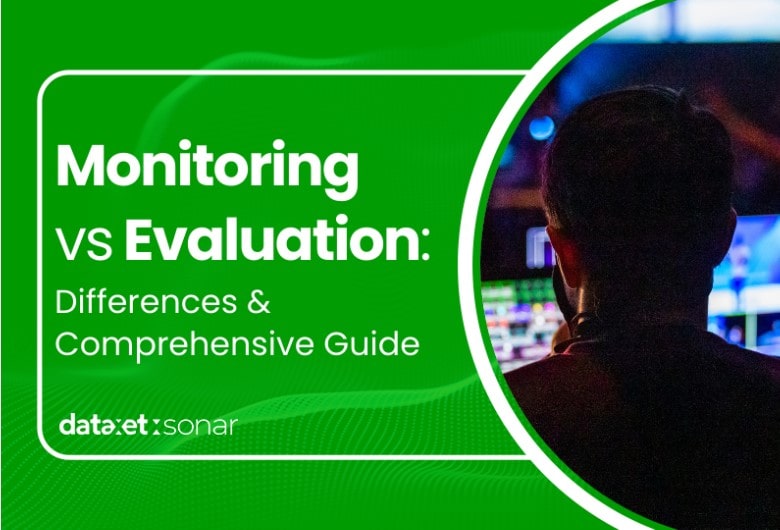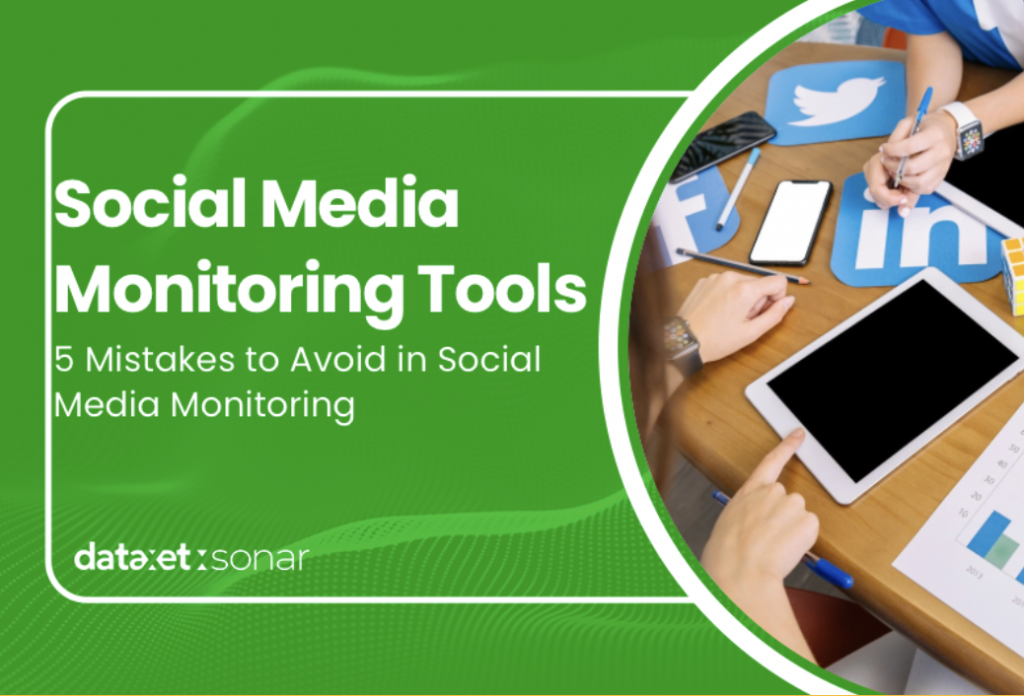Table of Contents
In the world of business and project management, monitoring and evaluating performance are critical steps to ensure that every initiative achieves its desired results. Two concepts often used in this context are monitoring and evaluation. Meski terdengar mirip, keduanya memiliki peran dan tujuan yang berbeda. Monitoring lebih berfokus pada proses pelaksanaan kegiatan secara real-time, sementara evaluasi berorientasi pada analisis hasil akhir dan dampaknya. Pemahaman yang mendalam tentang perbedaan keduanya dapat membantu perusahaan menyusun strategi yang lebih efektif untuk mencapai tujuan bisnis mereka.
While they may sound similar, they serve different roles and purposes. Monitoring focuses more on real-time implementation of activities, while evaluation emphasizes analyzing outcomes and their impact. Understanding the differences between these two processes can help businesses develop more effective strategies to achieve their goals.
This article not only explains the definitions of monitoring and evaluation but also explores when and how to use them effectively. By integrating monitoring and evaluation into management processes, organizations can ensure operational efficiency, improve accountability, and make data-driven decisions for long-term success.
1. What is Monitoring?

Monitoring is the ongoing process of tracking activities, processes, or specific projects to ensure that everything is proceeding as planned. Monitoring is conducted during the execution phase, focusing on quantitative data and measurable immediate results.
Characteristics of Monitoring:
- Conducted in real-time or at regular intervals.
- Focuses on processes and outputs of ongoing activities.
- Uses performance indicators such as time, cost, or volume of work.
- Provides early warnings to prevent deviations.
Example of Monitoring:
In a digital marketing campaign, monitoring is used to track the number of clicks, ad impressions, and conversion rates in real time using analytics tools like Google Analytics or Dataxet.
2. What is Evaluation?
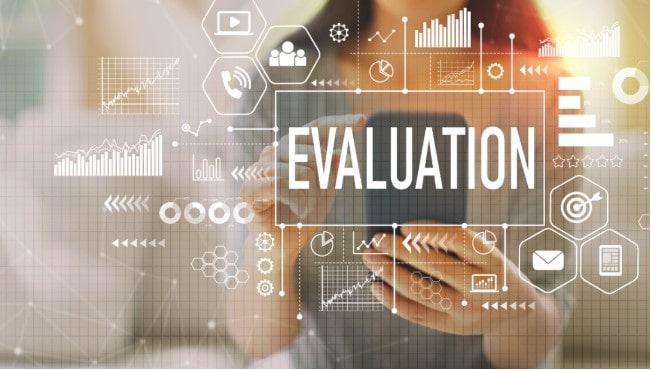
Evaluation is a comprehensive assessment conducted after an activity, program, or project has been completed. Its purpose is to determine whether initial goals were achieved and to assess the impact on the organization or target audience.
Characteristics of Evaluation:
- Conducted at the end of or after a specific activity period.
- Focuses on outcomes and the impact of the activity.
- Combines both quantitative and qualitative analysis.
- Provides strategic recommendations for future improvements.
Example of Evaluation:
At the end of a CSR project, evaluation is carried out to assess the program’s impact on the community, whether goals were met, and how the program can be improved in the future.
3. Key Differences Between Monitoring and Evaluation

Following are the basic differences between monitoring and evaluation:
|
Aspect |
Monitoring |
Evaluation |
|
Focus |
Processes and immediate outputs |
Outcomes and strategic impacts |
|
Timing |
Conducted during activities |
Conducted after activities |
|
Purpose |
Ensures activities stay on track |
Assesses effectiveness and efficiency |
|
Approach |
Operational and technical |
Strategic and comprehensive |
|
Data |
Quantitative (direct metrics) |
Quantitative and qualitative |
Monitoring and evaluation complement each other to ensure a program or project runs effectively and efficiently while delivering the desired positive impact.
4. When Should You Use Monitoring?

Monitoring is ideal for the following situations:
-
1. Daily Process Tracking:
In application development projects, monitoring ensures that each development stage is completed on time and according to specifications. -
2. Early Problem Detection:
If there are deviations from the plan, monitoring provides early warnings to take immediate corrective action. -
3. Real-Time Performance Measurement:
In social media campaigns, monitoring helps track engagement metrics such as likes, shares, and comments in real time. -
4. Ensuring Process Efficiency:
Monitoring allows teams to determine whether resources are being used optimally.
5. When Should You Use Evaluation?

Evaluation is more appropriate in the following scenarios:
-
1. Assessing Program Success:
After a project is completed, evaluation assesses whether objectives were achieved and its impact on the target audience. -
2. Analyzing Effectiveness:
During a new product launch, evaluation measures how well the product was received by the market. -
3. Learning for Future Projects:
Hasil evaluasi memberikan wawasan untuk menyusun strategi lebih baik di proyek berikutnya. -
4. Measuring ROI:
Evaluation helps calculate Return on Investment (ROI) to determine whether an activity was worth the investment.
6. Why Are Monitoring and Evaluation Important?

Monitoring and evaluation are integral to effective project management. Here are their main benefits:
-
1. Improving Transparency and Accountability:
Monitoring provides immediate performance data, while evaluation offers a comprehensive overview of outcomes and impacts. -
2. Encouraging Data-Driven Decision-Making:
With accurate information, managers can make better decisions to improve processes or develop new strategies. -
3. Identifying Risks and Opportunities:
Monitoring detects risks early, while evaluation identifies opportunities for innovation. -
4. Enhancing Efficiency and Effectiveness:
These processes ensure that resources are well-utilized and desired outcomes are achieved.
7. Case Study: Combining Monitoring and Evaluation
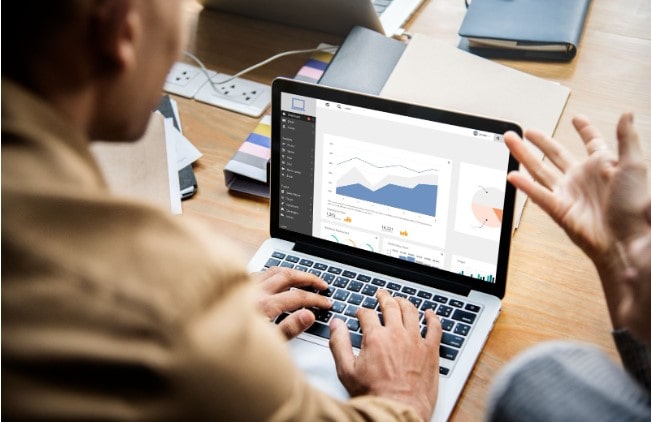
One of Dataxet’s clients used monitoring to track public sentiment during the launch of a new social media campaign. With real-time monitoring tools, the team quickly identified negative feedback and took immediate corrective actions.
After the campaign ended, evaluation was conducted to measure ROI and assess whether campaign goals were achieved. The evaluation revealed a 30% increase in engagement but also highlighted opportunities to improve conversions by refining campaign messaging.
Due to privacy policies, the client’s name cannot be disclosed. However, this case study emphasizes the importance of combining monitoring and evaluation to achieve optimal results.
8. How Dataxet Supports Monitoring and Evaluation
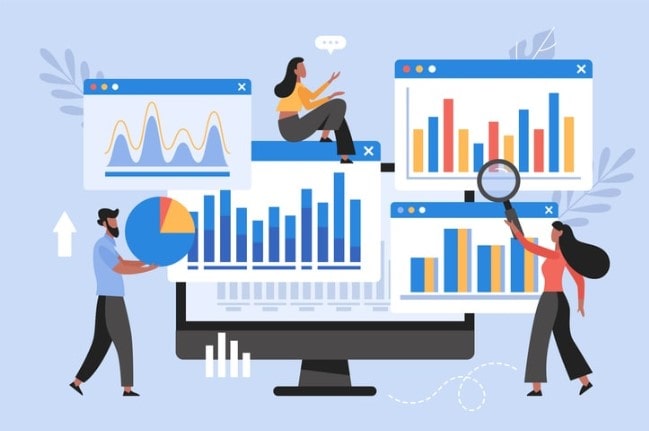
Dataxet is a media intelligence platform that provides effective tools for monitoring and evaluation. Here’s how it supports both processes:
- Real-Time Monitoring: Dataxet enables real-time tracking of critical metrics such as mentions, engagement, and trending topics.
- Sentiment Analysis: Using Natural Language Processing (NLP), Dataxet identifies public sentiment toward campaigns or brands.
- Customizable Reporting: The platform offers tailored reports to streamline evaluation and decision-making processes.
- Early Risk Detection: With alert features, Dataxet helps identify issues before they escalate into major crises.
9. Conclusion
Monitoring and evaluation are two essential approaches that complement each other in managing business projects or programs. Monitoring ensures that activities stay on track, while evaluation provides strategic insights to assess success and plan for future improvements.
By using tools like Dataxet, businesses can maximize the benefits of monitoring and evaluation to improve operational efficiency, manage risks, and achieve higher goals. Start integrating these approaches today to ensure the long-term success of your organization.

